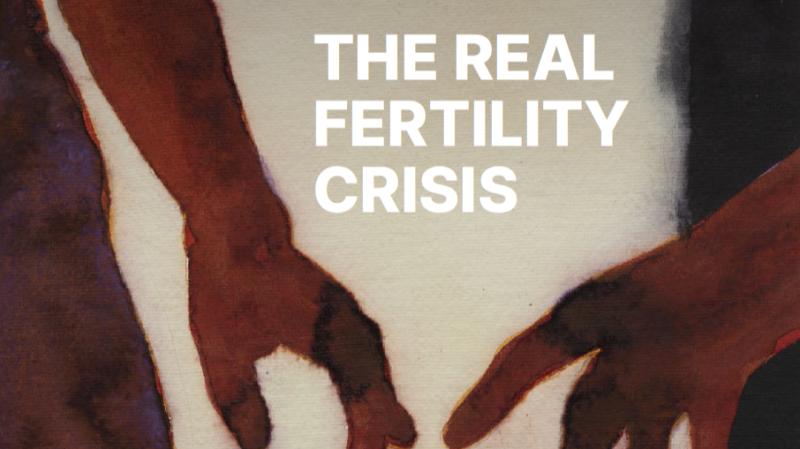- Courses
- GS Full Course 1 Year
- GS Full Course 2 Year
- GS Full Course 3 Year
- GS Full Course Till Selection
- MEP (Mains Enrichment Programme) Data, Facts
- Essay Target – 150+ Marks
- Online Program
- GS Recorded Course
- NCERT- First Ladder
- Polity
- Geography
- Economy
- Ancient, Medieval and Art & Culture AMAC
- Modern India, Post Independence & World History
- Environment
- Governance
- Science & Technology
- International Relations and Internal Security
- Disaster Management
- Ethics
- Current Affairs
- Indian Society and Social Issue
- CSAT
- 5 LAYERED ARJUNA Mentorship
- Public Administration Optional
- ABOUT US
- OUR TOPPERS
- TEST SERIES
- FREE STUDY MATERIAL
- VIDEOS
- CONTACT US
CII’s 7-Point Agenda for Employment Generation
CII’s 7-Point Agenda for Employment Generation

-
In January 2025, the Confederation of Indian Industry (CII) has proposed a 7-point agenda to address the pressing issue of unemployment in India ahead of the upcoming Union Budget 2025-26.
-
With India’s large and youthful population, effective strategies are essential to create jobs, leverage the demographic dividend, and promote inclusive growth.
What is Meant by Unemployment?
-
Unemployment refers to a situation where individuals who are willing and able to work at prevailing wage rates cannot find suitable employment.
-
The Periodic Labour Force Survey (PLFS), conducted by the Ministry of Statistics and Programme Implementation (MoSPI), defines unemployment based on three key criteria:
-
Activity Status: Individuals are considered unemployed if they are not engaged in any economic activity during the reference period.
-
Job Search: They should have been actively seeking work.
-
Willingness to Work: They should be willing to accept employment if offered.
Types of Unemployment
|
Type |
Description |
|
Structural Unemployment |
|
|
Cyclical Unemployment |
|
|
Seasonal Unemployment |
|
|
Disguised Unemployment |
|
|
Frictional Unemployment |
|
|
Technological Unemployment |
|
|
Underemployment |
|
Unemployment in India
-
Official Data Source: The Periodic Labour Force Survey (PLFS) is the primary source for employment and unemployment indicators since 2017-18.
-
Youth Unemployment: The unemployment rate among youth (aged 15-29) was estimated at 10.2% in 2023-24.
-
Disguised Unemployment: The agriculture sector engages 45% of the labour force but contributes only 16% of the Gross Value Added (GVA), highlighting disguised unemployment.
-
Gig Economy Challenges: The rise of the unorganized and gig sectors has introduced issues like job insecurity and lack of social benefits.
-
The gig economy refers to a labor market characterized by short-term, and flexible jobs often facilitated through digital platforms.
-
It involves individuals or companies offering services on a temporary or task-by-task basis, rather than through traditional full-time employment contracts.
|
About Confederation of Indian Industry (CII)
|
CII’s 7-Point Agenda for Employment Generation
CII’s recommendations focus on creating a structured approach to tackle unemployment:
-
Integrated National Employment Policy: Develop a unified employment policy consolidating various schemes across ministries and states.
-
Enhance the existing National Career Service (NCS) portal to integrate data from state and ministry-level employment initiatives.
-
Data-Driven Employment Insights: Establish a Universal Labour Information Management System (ULIMS) under National Career Service to provide: employment projections, skill demand insights, job classifications and aligned training opportunities.
-
Boosting Labour-Intensive Sectors: Focus on sectors like construction, tourism, textiles, and low-skilled manufacturing.
-
Align tariff structures, Free Trade Agreements (FTAs), and Production/Employment Linked Schemes to support these sectors.
-
Encourage exports from labour-intensive manufacturing industries to create more jobs.
-
Empowering Rural Youth: Launch an internship program in government offices for college-educated youth in rural areas.
-
Address the gap between education and professional skills while enhancing manpower for rural initiatives.
-
Increasing Female Workforce Participation: Build dormitories using Corporate Social Responsibility (CSR) funds.
-
Formalize the care economy and establish government-supported creches in industrial clusters.
-
Implement gender-sensitive frameworks for skill development and employment policies.
-
Strengthen women’s safety laws and a promote supportive work environments.
-
Incentives for Hiring: Replace Section 80JJAA of tax provisions with a new provision under Chapter VIA.
-
Allow enhanced deductions for new employees under both standard and concessional tax regimes.
-
Limit eligibility to employees hired outside reorganizations or reconstructions.
-
Grant deductions for up to three years of employment, with a salary cap of Rs. 1 lakh per month.
|
-
Tapping the Global Job Market: Establish an International Mobility Authority under the Ministry of External Affairs.
-
Facilitate global employment opportunities for Indian youth through collaborations like the US H1B visa program and agreements with countries such as Australia.
-
Align skill development programs with global requirements, including cultural training and foreign language skills.
Challenges in India’s Employment Landscape
-
Skill Gap: Only 5% of Indian labour has formal training compared to 95% in South Korea.
-
Employer Hesitation: Stringent labour norms and compliance burdens discourage new hiring.
-
Fragmented Job Market: Lack of coordination between various sectors complicates targeted hiring.
-
Automation: The rise of AI and machine learning reduces the demand for human labour in several sectors.
CII’s Additional Recommendations
-
Labour Codes Implementation: Extend social security to gig and platform workers.
-
Improving Productivity: Reduce the Incremental Capital Output Ratio (ICOR) from 4.1 through better productivity metrics.
-
Incremental Capital Output Ratio (ICOR) is an economic metric that measures the efficiency with which capital is used to generate economic output.
-
It is defined as the ratio of additional capital investment required to produce an additional unit of output (GDP).
-
A lower ICOR indicates better efficiency, meaning less capital is needed to achieve economic growth, while a higher ICOR suggests inefficiency.
-
Expert Committee: Set up a panel to study and recommend measures to enhance employment generation and productivity.
Conclusion
Unemployment in India remains a critical challenge requiring structural reforms and focused policies. CII’s seven-point agenda provides a comprehensive roadmap to harness India’s demographic dividend, enhance productivity, and drive inclusive growth. With the Union Budget 2025-26 as an opportunity, targeted initiatives, skill development programs, and a sectoral focus can pave the way for a sustainable and robust employment ecosystem.
|
Also Read |
|




